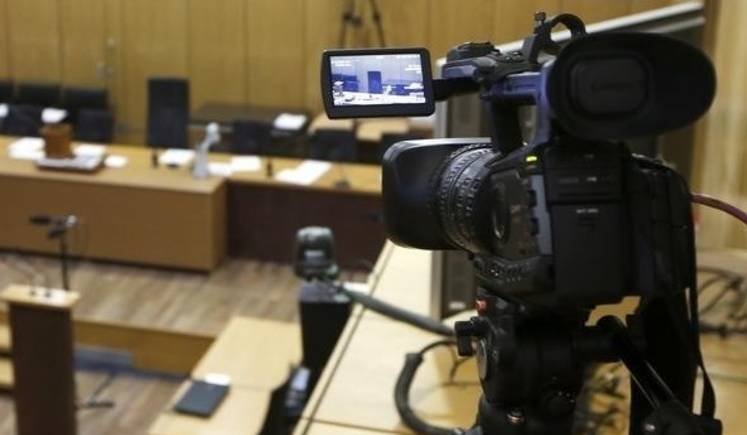This time, media have actually done some good work on Trump
/Donald Trump came out of hiding last week for a press conference at his Mar-a-Lago home and the performance of the press triggered a wave of media criticism the likes of which I haven’t seen in a long time.
A livid Lawrence O’Donnell spent 20 minutes of his MSNBC talk show Thursday night slamming cable networks, including his own, for broadcasting the press conference live without immediate fact checking and for failing to give that same live coverage to Kamala Harris’ campaign event that day. He slammed the assembled reporters in Mar-a-Lago for timid questioning and lack of followups, allowing Trump to skate by with lies or incomprehensible non-answers. (On Sunday, NPR published a story that counted 162 misstatements, exaggerations and outright lies in 64 minutes.)
“It’s 2016 all over again,” O’Donnell said. “The same mistakes are being made. I have never seen an industry slower to learn from its own stupid mistakes than the American news business. And you cannot expect them in the next 89 days to figure out what they haven’t been able to figure out in nine years: How to cover a Trump for president campaign.”
Will Bunch, the excellent national opinion columnist for The Philadelphia Inquirer (and a former Birmingham News colleague), noted on X that, remarkably, no one asked Trump about a Washington Post report that he may have received $10 million from the Egyptian government while he was president. No one asked about Project 2025 either.
In a Facebook post, John Mangels, another top-notch ex-colleague from The News, called the press conference “flat-out journalistic malpractice.” He also cited a Washington Post headline that labeled Trump’s answers as “meandering.” Mangels saw them as “clear evidence of cognitive deficit.” The New York Times wasn’t much better in recognizing the main takeaway. Its lead angle was that Trump tried to reclaim media attention from Harris (and it worked!).
One White House correspondent posted on X that the Trump campaign chooses the reporters who travel with him and that only certain other reporters got early alerts to the press conference in Palm Beach. That could explain at least some of the inadequate questioning. But the media criticism seems fair.
The bigger consideration is whether this episode reflects continuation of a press whitewash on behalf of Trump. Since he came on the national political scene, certainly we’ve seen too many stories that failed to fact check, used too many euphemisms, forcibly extracted meaning out of gibberish, and made him seem like a normal candidate engaged in semi-conventional politics.
But maybe journalists are getting an unfair rap. Erik Wemple thinks so.
a link to erik wemple’s column is in the post.
Wemple, the media critic for The Washington Post, published a listt of more than 200 news articles and commentaries by national print/online news organizations between November 2022 and July 2024 that addressed the agenda, actions and authoritarian dangers of Donald Trump. (Wemple didn’t include all such stories nor hundreds of cable news segments.) Wemple’s point: No, the news media are not giving Trump a pass. And yes, they are addressing the potential consequences of this election, not just the campaigning. So give the media some credit.
Or not. They can’t do the job only sometimes.
Reporters can’t get numb to Trump’s habitual antics and claims to the point that they see them as repetitive and no longer newsworthy enough to challenge or to highlight. Much of the reading and viewing public have short memories. And reporters wouldn’t want to miss a possible big story: That the Republican nominee’s incoherence may be getting worse. Now there’s a lead angle.
The obligation of journalists is to deliver their best, most aggressive accountability journalism every day, every story, every press conference, especially during an election campaign with as much riding on it as this one.
















